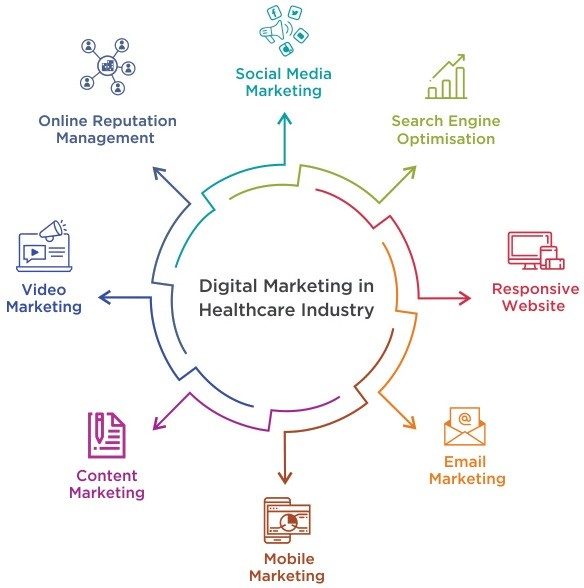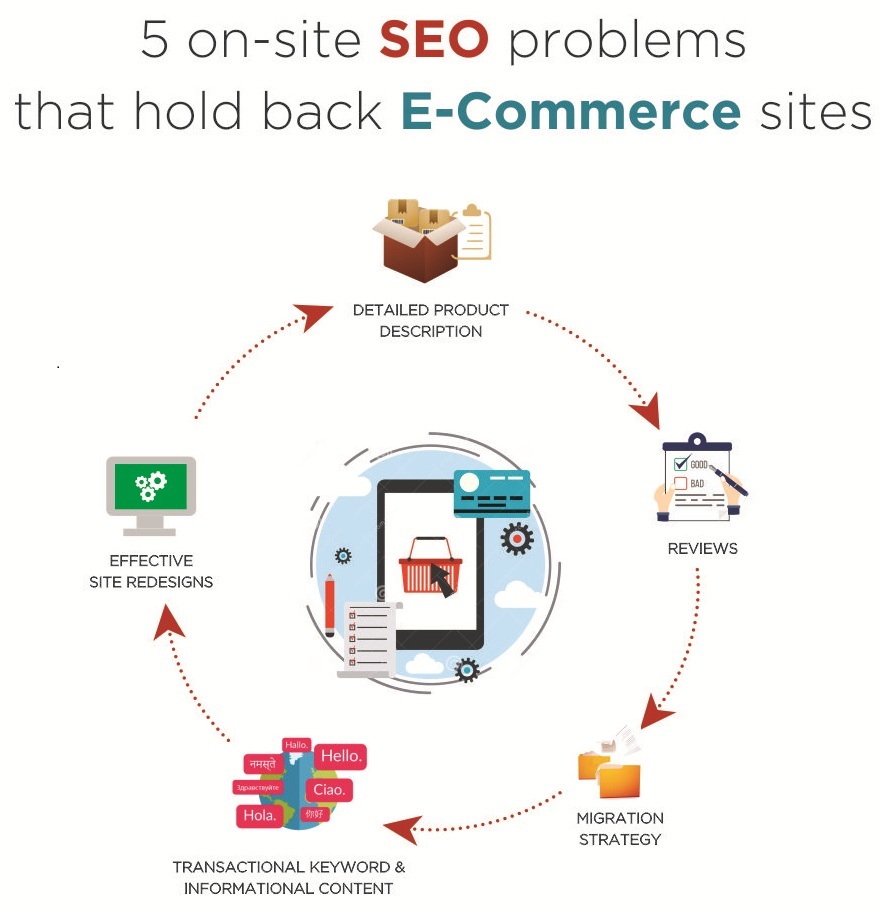Weeks back, we shed light on the growing importance of digital marketing in healthcare industry. No matter whether you run a corporate day surgery or a clinic, digital marketing and automation are becoming must-have elements for practitioners and medical service providers.
Let’s understand the need for automation in the healthcare industry
If you are from the healthcare industry, probably you would have started taking help of automation. And, if you are little hesitant about why you need automation in the healthcare industry, read through this article. There are numerous benefits of using automation in the healthcare industry.
A small exercise: Which scenario intrigues you more?
Scenario A:
John runs a dental clinic. He has employed 4 full-time nurse navigators. On average, they spend their 12 hours a week in attending phone calls, booking appointments, and maintaining excels of patient data.
Further, both in-house and outdoor patients are highly dependent on nurses for their treatments and related care. Obviously, nurse navigators have dual responsibilities of taking patient care and maintaining data. And hence, John can get very little quantified feedback data from their reporting. Since there is not much of actionable data to analyse, there are no corrective systems in place.
In spite of sufficient staff, John is not professionally satisfied. The reasons were quite a few. Nurse navigators are spending more than required time on repetitive and monotonous tasks. Also, he is unable to provide a personalised touch to his regular patients who lose their track during on-going treatments.
Scenario B:
John is advised to take help of automation to ease his pain. After employing business process automation in his dental clinic, he could lessen his fixed salary costs. Now, he has employed 3 full time and 1 part-time nurse navigators.
Further, when his patients go off track in taking their care from home, through self-service tools, he provides them with automated alerts. These alerts help them bring back on track.
The systems which he employed are user-friendly and provide him with immense ease in knowing real-time patient data. With the help of actionable feedback, he is able to gauge what concerns can be addressed that results in an overall increase in his ROI.
What is your take on these two scenarios? For sure, you will like to have an environment similar to Scenario B for your clinic/practice. The reason behind the differences in the environment is nothing else but “automation.”
It is the right time for you to realise the need of automation and get ready to tackle with new processes. Take a quick glance at some of the most prominent benefits of automation in the healthcare industry.

Increase in labour efficiency
Whether you run a day surgery or a small clinic, you need to carry out lots of stuff on a daily basis. A large chunk of routine activities is monotonous. Moreover, activities like processing insurance payments, transferring lab reports to the appropriate clinician, scheduling patients’ appointments, and compiling medical records and charts are routine admin tasks.
If you apply automation for these tasks, imagine how easy it would be for you. In addition, the entire labour work can be done in a few clicks and in much better-synchronised manner.
There is a common fear among practitioners and day surgery owners. They fear that implementing automation might hurt employments. But, this is not the case. Reduction in labour costs does not directly imply lay-offs in mass. In fact, medical centres, clinics, and day surgeries will still require people to get trained on how to automate monotonous tasks that result in efficiency and higher productivity.
Reduction in waste
Automation can efficiently boost the connection between nurses and patients. Nurses don’t need to spend their much of time in admin activities. Hence, nurses can better invest this saved time inpatient care.
On the other hand, usage of various papers, worksheets, registers, and others result in immense workload leading to a lot of waste. Automation can save all this is quite an effectual manner. A Texas hospital study found that greater automation in the areas of medical records, order entry, and decision support appeared to result in a reduction in deaths, complications and cost.
Increased certainty of results
Automation not only eases your admin activities, but it also helps patients to remain on track throughout their treatment tenure. With the help of automation in the healthcare industry, you can send your patients regular reminders of their next due treatment of consultation. You can also send them health tips, precautionary measures, or any other dos and don’ts related to their ongoing treatments.
On the other hand, since patients follow a standardised care path as directed by your automation services, most likely they will stay on track. Even if they get deviated, there are high chances of them coming back to track due to regular reminders. And hence, treatment outcomes will be quite close to your predictions.
Insights based on data rather than presumptions
Automation in the healthcare industry can make your lives much easier since you can get data-driven insights. Through properly integrated systems, you can get real-time data and continuous feedback. These two elements play a major role in performance enhancement and process optimisation.
Click to read more on: What is Marketing Automation?
Closing thoughts
The above listed expected benefits are just a glimpse of the overall picture. Once you get started with automation in the healthcare industry, you will be able to enjoy the beauty of automation services.


